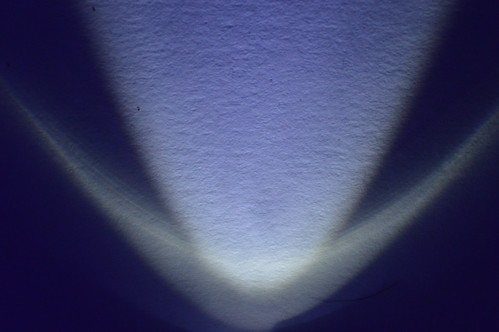Titrations of CM235.LucR and ETH2220.LucR in distinct concentrate on cells. We also assessed infectivity of CM235.LucR (A) and ETH2220.LucR (B), in the mobile traces TZMbl (two independent experiments) and A3R5 (two impartial experiments), and in PBMC (three donors). RLU LucR was measured seventy two hours following infection (dashed strains). Horizontal traces represent RLU reduce off for LucR (dashed) exercise.
Our knowledge present that HIV-one backbones might effect the neutralization sensitivity of IMC expressing a variety of comprehensive Env-exchanged isogenic recombinants utilised for neutralization assays. This observation is of significance to HIV vaccine improvement, as vaccine builders at the moment depend on steps of breadth and potency of NAb MCE Chemical 108212-76-6 titers in human sera, against genetically assorted panels of reference HIV-one Envs [twenty] that have been as a result significantly expressed entirely in a subtype B backbone [215]. Certainly, this sort of panels have been generated for the pseudovirion TZM-bl assay [213], as nicely as for the recently produced NL-LucR.T2A-Env.ecto strategy which can be utilised in the two TZM-bl, non-reporter cell-traces and PBMCbased assays [24,25]. It has been described that modifications in the C-terminal tail of gp41, impacting size or amino acid composition, can have marked affects on worldwide Env framework and purpose, like envelope incorporation, fusogenicity and antibody reactivity [twelve,sixteen,17]. For instance, the mutation of two arginine residues to glutamate in the gp41 endodomain (LLP2) of an HIV-one provirus significantly reduced Env fusogenicity and altered antibody reactivity and neutralization sensitivity of epitopes found in gp120 and the gp41 ectodomain [17]. In addition, recent info suggested that CT of gp41 regulates the conformation of Env  and epitope publicity at the mobile floor [19], supporting the use of fulllength gp160 in neutralization assays. Positing that the effect of pressure or subtype of the backbone need to be carefully considered, we generated non-B IMC (IMC.LucR) with Thai CRF01_AE (CM235.2) and 24332089Ethiopian subtype C (ETH2220.11B) strains as HIV-one backbones into which entire-length gp160 can be exchanged. We found that the neutralizing titers for these two IMC.LucR were equivalent to titers received when using other (non-reporter) HIV-1 backbones to categorical the cognate Env, with the exception that principal isolate titers had been usually reduce. These variances may possibly be thanks to the range of the HIV-one genomes current in uncloned viral shares, or to the resources of virus stock creation (293T/seventeen mobile transfection vs . PBMC propagation), which are outside of the scope of this examine. To create the IMC ucR constructs for env trade described right here, we created viral genomes with chimeric tat and rev genes (Determine 1). It is critical to notice that this variety of chimerization occurs in a natural way in HIV-one recombinants identified inside of infected individuals. An examination of unique and circulating recombinants inside the Los Alamos database uncovered that in excess of 40% of recombinant isolates sequenced from clients in equally continual and acute infection contained recombinant tat and rev genes (http://www.hiv.lanl.gov/content/sequence/HIV/ CRFs/CRFs.html). Therefore, the chimeras produced right here do not signify a total deviation from the genetic recombinants that take place in mother nature.
and epitope publicity at the mobile floor [19], supporting the use of fulllength gp160 in neutralization assays. Positing that the effect of pressure or subtype of the backbone need to be carefully considered, we generated non-B IMC (IMC.LucR) with Thai CRF01_AE (CM235.2) and 24332089Ethiopian subtype C (ETH2220.11B) strains as HIV-one backbones into which entire-length gp160 can be exchanged. We found that the neutralizing titers for these two IMC.LucR were equivalent to titers received when using other (non-reporter) HIV-1 backbones to categorical the cognate Env, with the exception that principal isolate titers had been usually reduce. These variances may possibly be thanks to the range of the HIV-one genomes current in uncloned viral shares, or to the resources of virus stock creation (293T/seventeen mobile transfection vs . PBMC propagation), which are outside of the scope of this examine. To create the IMC ucR constructs for env trade described right here, we created viral genomes with chimeric tat and rev genes (Determine 1). It is critical to notice that this variety of chimerization occurs in a natural way in HIV-one recombinants identified inside of infected individuals. An examination of unique and circulating recombinants inside the Los Alamos database uncovered that in excess of 40% of recombinant isolates sequenced from clients in equally continual and acute infection contained recombinant tat and rev genes (http://www.hiv.lanl.gov/content/sequence/HIV/ CRFs/CRFs.html). Therefore, the chimeras produced right here do not signify a total deviation from the genetic recombinants that take place in mother nature.
